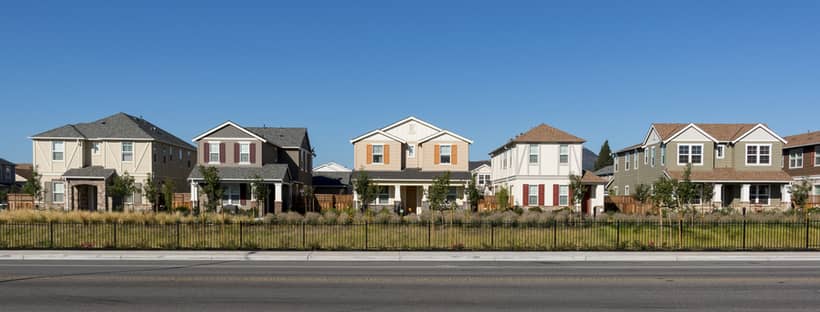Growing Your Real Estate Portfolio with Two Different Approaches
Dustin Edwards • January 22, 2021
Explore How to Grow Your Rental Property Today

When you own real estate one apparent aspect that becomes increasingly obvious is that growing your portfolio can take time. It takes time to reduce your loan balance, increase your rental income and ensure your property is properly maintained. Of course if you own a single unit there is only so much income you can generate...so how can you continue to grow your portfolio?
As the adage goes the answer is simple; it just isn’t easy. To help you grow your local rental property in Long Beach we invite you to consider two different approaches.
Grow Your Real Estate Portfolio with a HELOC
As your equity position increases with your rental property it can look great on the balance sheet, but if you can’t get access to that equity then it isn’t helping you to grow to greater financial freedom. To grow your real estate holdings here in Long Beach consider adding a HELOC to your rental to safely access some of that equity. Your HELOC can become the down payment for the new property and your tenant can help pay that off over time as they make their rental payments.
You might be thinking well a HELOC is a “Home Equity Line of Credit” and mine is a rental property will that even work? The short answer is that there are lenders who will provide you with a home equity line of credit on your rental portfolio. Traditionally there have been options available through the big banks (i.e. BofA) but there are also regional Banks that can help you with your HELOC needs.
3 Tips for Successfully Using a HELOC to Grow Your Real Estate Portfolio
- Check that the cash flow from your primary unit covers the new HELOC borrowed amount
- Have cash as part of your personal reserve fund for repairs and/or vacancies
- Identify a HELOC lender that can allow you to fix the rate
With HELOCs on rental properties you might not get access to as much of your equity as you would with your primary residence but you are merely accessing it to help you with a downpayment for the next unit.
Grow Your Portfolio with a 1031 Exchange
With real estate often providing large gains, due to appreciation and debt reduction one of the challenges is how do you grow while minimizing your tax implications? Minimizing your tax implications and growing your real estate portfolio can come down to using a 1031 exchange. After “location, location, location” one of the phrases in investment real estate is “defer, defer, defer”.
There are volumes of articles online about 1031 exchanges but here is the concept in a nutshell
- The 1031 exchange name comes from the IRS code
- A 1031 exchange allows you to defer your gain
- A 1031 exchange can be a very tax efficient way to buy a larger asset (i.e. going from a 2 to a 4 unit)
- 1031 exchanges have key time periods that must be followed
Politicians seem to be re-evaluating the 1031 exchange qualifications which means if you feel deferring a taxable gain to a later date could be advantageous then it just might be time to start getting going with this option. With a 1031 exchange being tax deferred (provided you followed all of the rules) we strongly recommend you speak with your accountant BEFORE you start the process to ensure that this approach puts you in the best position come tax time.
When it comes time to grow your rental portfolio (whether that be 2-4 units or through a 1031 exchange or HELOC) there are many items to consider. To help you determine what could be best for your property to empower tenants to rent for longer periods we invite you to call us today at (562) 888-0247. Or if you prefer a complete evaluation of your property we invite you to fill out our Free Rental Analysis.





